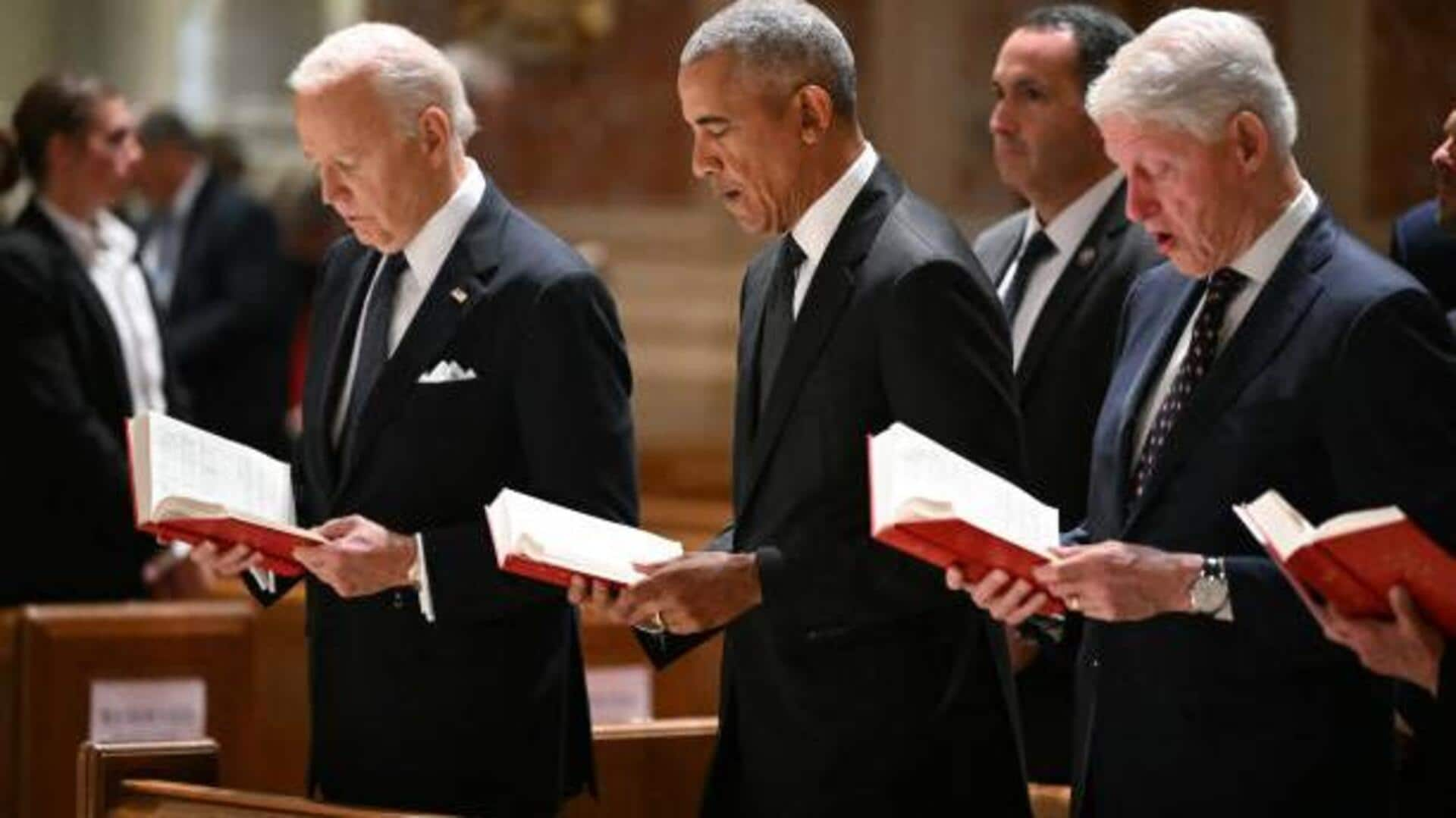
Explained: Why US presidents can't serve more than 2 terms
What's the story
Before Kamala Harris was named as the Democratic presidential candidate after Joe Biden announced his decision not to seek re-election, speculation swirled over who might replace him. Barack Obama, who served as president from 2009 to 2017, was one of the names that came up. But this speculation was quickly dismissed because of the 22nd Amendment of the US Constitution. This Amendment was ratified in 1951 following Franklin D. Roosevelt's unprecedented four-term presidency, which raised concerns about excessive executive power.
Historical context
Roosevelt's 4-term presidency led to 22nd Amendment
Before this amendment, there were no term limits. Roosevelt is the only president in US history to have served more than two terms, having been elected four times from 1932 to 1945. Section 1 of the 22nd Amendment states, "No person shall be elected to the office of the President more than twice." It also states that anyone who "acted as President, for more than two years...to which some other person was elected President... shall be elected...more than once."
International comparison
No term limits for Prime Minister or President in India
Unlike the US, countries such as India have no constitutional limits on the number of terms for their prime minister or president. A person can be elected an unlimited number of times for these positions, although most have served one to two terms. Jawaharlal Nehru, India's first Prime Minister, served the longest, for three terms totaling 16 years and 286 days.